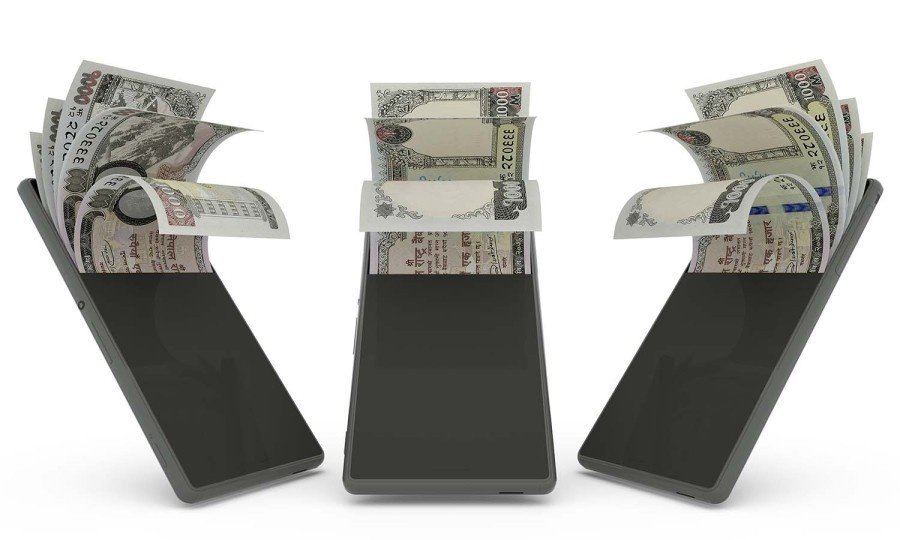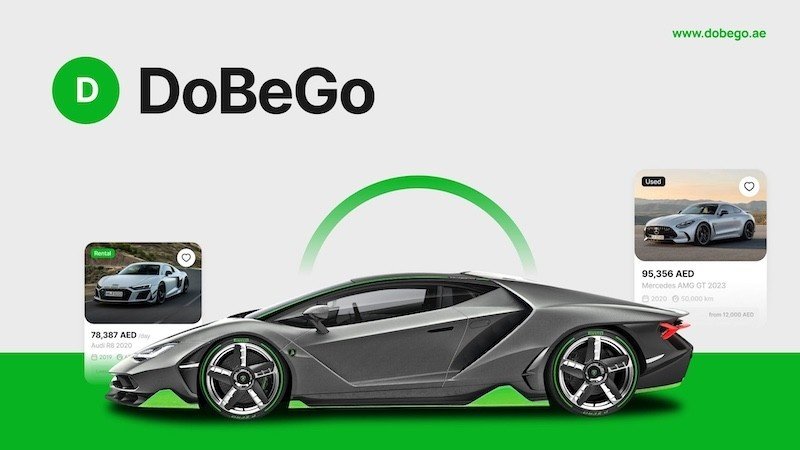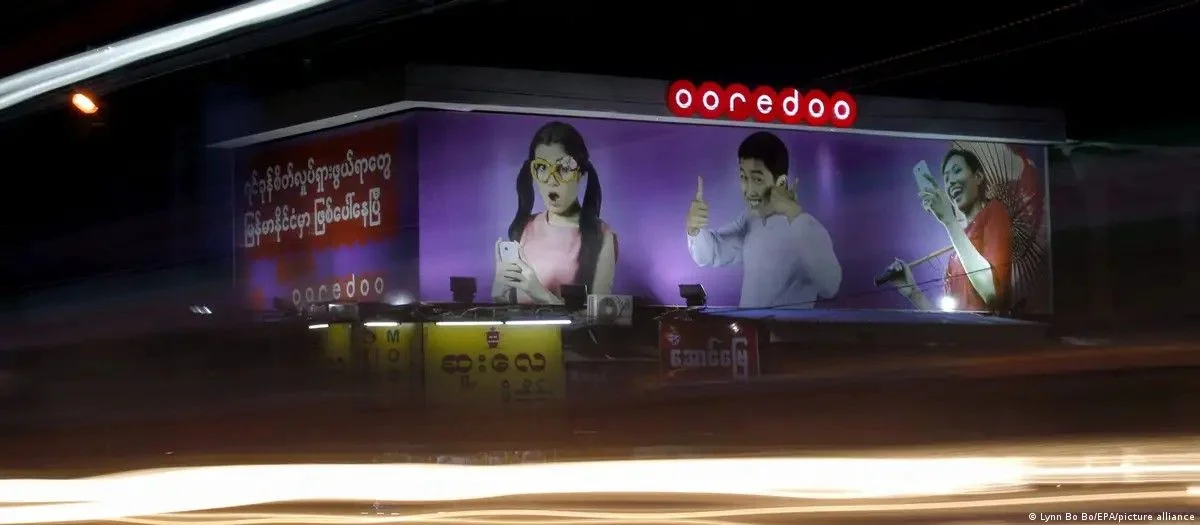More than 80 percent of Nepali adults own a mobile phone, but only 6 percent use mobile money accounts. Despite this small percentage, mobile money is already influencing a growing trend in formal savings, according to the World Bank’s Global Findex 2025 report.
The report highlights a record number of adults with access to bank or financial accounts across low- and middle-income countries. Mobile phone technology has been a key driver, with 10 percent of adults in developing economies regularly using mobile money to save. In Nepal, 35 percent of adults reported setting aside parts of their income for future needs. These findings are based on Nepal’s adult population of 20.74 million.
While global account ownership has risen significantly, Nepal’s digital financial engagement remains in development. The report shows that 19 percent of Nepali adults made digital payments, 14 percent own a debit card, but only 5 percent use it. There is a gender gap: 17 percent of Nepali men have a debit or credit card compared to 11 percent of women.
The report details digital usage patterns: 18 percent of adults accessed financial accounts via mobile or internet, and 13 percent used digital platforms for payments, purchases, or money transfers. About 45 percent deposited money into financial institutions, while 46 percent made withdrawals.
Barriers to financial inclusion persist: 12 percent lack accounts due to distance from financial institutions, and 17 percent cite high service costs. Bankers suggest mobile technology could bridge this gap, expanding access to the unbanked.
Remittances are increasingly digitized, with 86 percent of Nepali adults who sent domestic remittances using financial accounts.
The World Bank notes that increasing personal savings through formal institutions strengthens financial systems by boosting capital for investment and innovation. World Bank President Ajay Banga stated, “Financial inclusion has the potential to improve lives and transform entire economies,” adding that digital finance requires several essential components to fulfill this potential.
The World Bank supports countries in expanding digital identification, improving social protection via digital cash transfers, and modernizing payment systems by removing regulatory barriers to ensure financing for innovation and job creation.
Global data from the Global Findex database shows nearly 80 percent of adults worldwide now own an economic account, up from 50 percent in 2011. However, 1.3 billion adults remain unbanked globally, with 900 million owning mobile phones and 530 million owning smartphones—representing untapped potential for digital financial inclusion.
The 2025 report highlights progress in closing the gender gap: 81 percent of men and 77 percent of women globally own financial accounts. In low- and middle-income countries, women’s account ownership nearly doubled from 37 percent in 2011 to 73 percent in 2024. Still, 30 percent of unbanked adults globally cited having no account because a family member already did; women report this more frequently in some countries.
Nepal, Algeria, Bolivia, Pakistan, and Tunisia show similar gender disparities in account ownership due to household sharing. In contrast, men and women are equally likely to report this in China and India.
For the first time, the report includes data on mobile phone ownership and internet use. The World Bank’s Digital Connectivity Tracker 2025 indicates that 86 percent of adults globally own a mobile phone, with 68 percent owning smartphones.
The increase in mobile phone use drives digital transactions but introduces new risks; only about half of adults in low- and middle-income countries use passwords to secure their devices.
Digital payments are growing: in 2024, 42 percent of adults in developing countries made in-store or online payments using mobile phones or cards, up from 35 percent in 2021.
Government payments via accounts are becoming common, with three-quarters of adults receiving public benefits and half of wage earners getting payments directly into accounts, reducing theft and ensuring correct delivery.
Financial accounts empower women beyond money management. In the Philippines, women using commitment savings products gained household decision-making power and shifted spending toward practical goods. In India, welfare benefits paid directly to women’s accounts increased their financial control, challenged gender norms, and encouraged employment. Similar effects were seen in Nepal, where women-led households with free savings accounts increased spending on nutritious food by 15 percent.
The World Bank emphasizes that digital financial tools paired with inclusive policies can unlock opportunities for millions—especially women—and foster economic resilience and growth.















